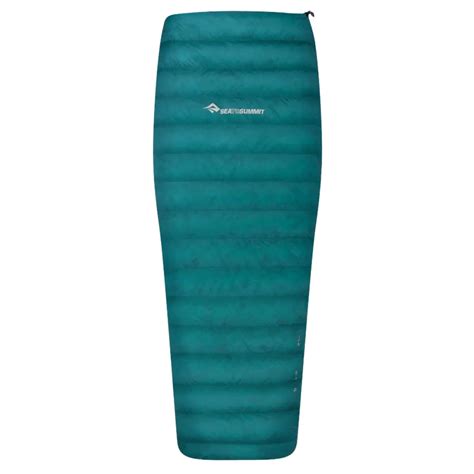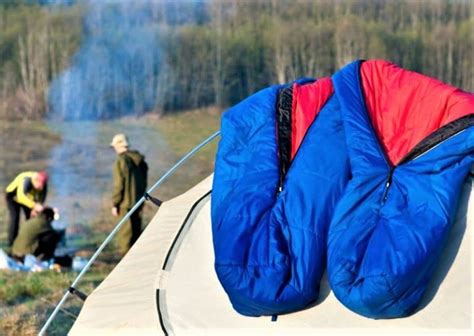A wet down sleeping bag is every outdoor enthusiast’s nightmare. Not only does it feel uncomfortable, but wet down loses its insulating properties, rendering the bag useless for warmth. Furthermore, if left damp, it can quickly develop mold and mildew, permanently damaging the insulation and creating unpleasant odors. Speed is crucial, but so is doing it correctly to preserve the bag’s longevity and performance.
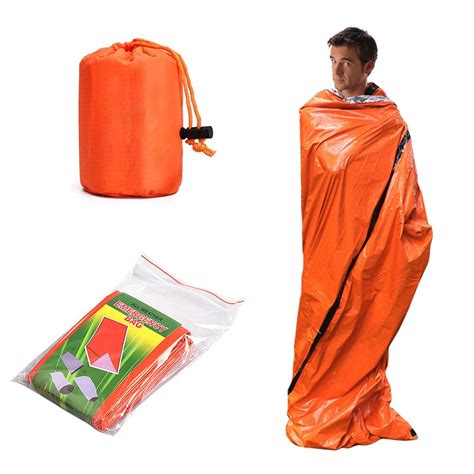
Immediate Steps When Your Bag Gets Wet
Before you even think about drying, take a few crucial immediate actions:
- Gently Squeeze Out Excess Water: If the bag is saturated, gently press out as much water as possible without twisting or wringing. Lay it flat and roll it up tightly from one end to push water out.
- Don’t Wring or Twist: Aggressive wringing can damage the delicate down clusters and baffle stitching.
- Loosely Roll/Fold: Transport the wet bag loosely rolled or folded in a breathable mesh bag, if possible, rather than stuffing it into its compression sack.
The Fastest Home Drying Methods
While patience is key with down, these methods are the quickest and most effective for restoring your bag.
1. The Tumble Dryer Method (Fastest & Most Effective)
This is generally the fastest and most efficient way to dry a down sleeping bag, provided you follow the instructions carefully.
- Use a Large Commercial Dryer: Your home dryer might be too small, compacting the down. A large front-loading commercial dryer at a laundromat is ideal.
- Low Heat Setting: This is critical! High heat can melt the synthetic shell fabric, damage down, or even cause fires. Always use the lowest heat setting (delicate or air fluff).
- Add Dryer Balls or Tennis Balls: Throw in 3-6 clean tennis balls or specialized dryer balls. These will help break up clumps of down as the bag tumbles, restoring its loft.
- Tumble for Hours: Down takes a long time to dry completely. Expect it to take anywhere from 3-6 hours, sometimes longer, depending on the bag’s size and how wet it was. Check frequently.
- Check for Damp Spots: Periodically remove the bag, shake it out, and feel for any damp spots, especially in the foot box or hood. Break up any remaining down clumps by hand.
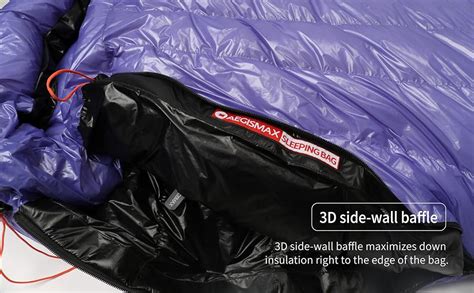
2. Air Drying (Effective, but Slower)
If a tumble dryer isn’t an option, air drying is your next best bet, though it will take considerably longer.
- Lay Flat or Drape: Never hang a soaking wet down bag, as the weight of the water can pull the down to the bottom, causing permanent damage to the baffles. Instead, lay it flat on a clean, dry surface (like a mesh rack or multiple drying racks), or drape it over several lines or chairs to distribute the weight.
- Good Airflow: Ensure the drying area has excellent ventilation. Use fans to circulate air around and over the bag to speed up the process.
- Avoid Direct, Intense Sunlight: While a little sunlight can help, prolonged exposure to intense UV rays can degrade the fabric. If drying outdoors, choose a shady or partly shaded spot.
- Flip and Fluff Frequently: Every few hours, gently flip the bag, shake it out, and manually break up any down clumps. This redistributes the down and exposes different sections to air.
- Patience is Key: Air drying can take several days to a week or more, depending on humidity and airflow.
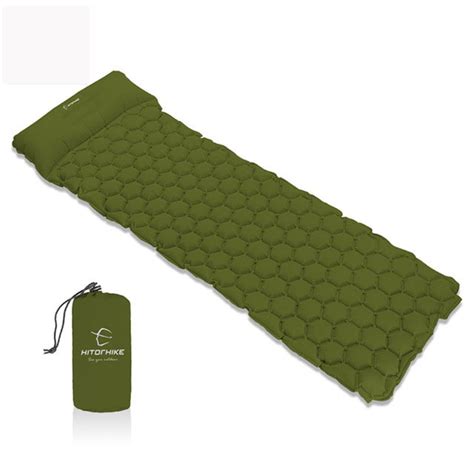
Crucial Tips for Success
- Never Use High Heat: Reiterating this point, high heat is the enemy of down and synthetic shell fabrics.
- Ensure 100% Dry: Down must be completely, utterly dry before storage. Even a slight bit of moisture can lead to mold, mildew, and a permanent loss of loft.
- Break Up Clumps: As the bag dries, the down will clump together. Regularly agitate, fluff, and manually break up these clumps to restore loft and ensure even drying.
- Turn Inside Out: Flip the bag inside out periodically to allow both sides to dry thoroughly.
- Patience: Even with the ‘fastest’ methods, drying a down sleeping bag is not an instant process. Rushing it can cause more harm than good.
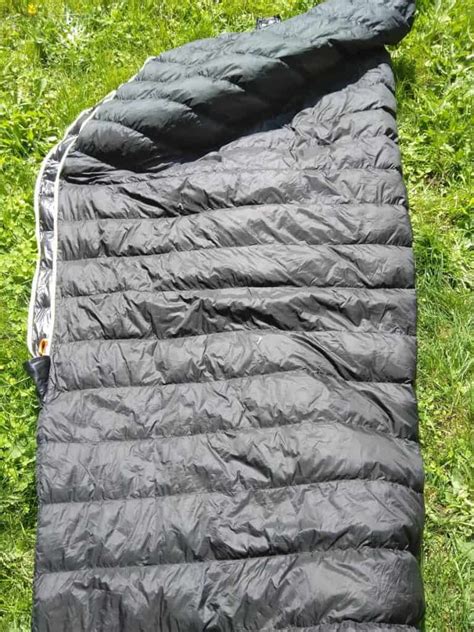
What to Avoid
- Direct Heat Sources: Do not place your sleeping bag near radiators, fireplaces, or use a hair dryer directly on it. This can cause scorching or uneven drying.
- Hanging a Soaked Bag: The weight of the water can cause the baffles to tear and the down to migrate, creating cold spots.
- Storing Damp: This is a cardinal sin. Always ensure your bag is bone dry before storing it, ideally in a large, breathable mesh storage sack, not its compression sack.
Dealing with a wet down sleeping bag requires a methodical and patient approach. By following these guidelines, especially utilizing a large tumble dryer on low heat with dryer balls, you can quickly and safely restore your valuable gear to its full, lofty potential, ready for your next adventure.
